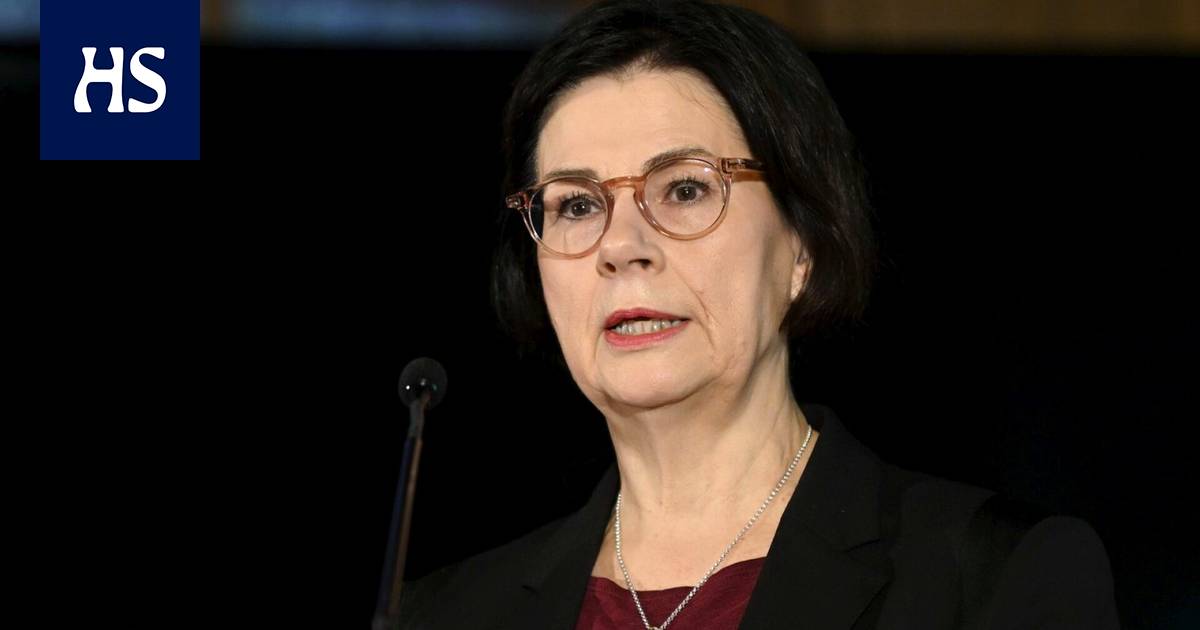The chancellors published a report on Monday, according to which Finland needs to raise the education level of its citizens very much.
Ministries On Monday, the heads of the chancellery published a report, according to which Finland needs significantly more people with higher education to survive.
Currently, about 40 percent of Finns aged 25–34 have a higher education. It means that Finnish young adults are less educated than people in OECD countries on average.
Finland’s goal is to increase the share to 50 percent by 2030. According to the chancellors, however, only 70 percent is a figure that could be used to aim for the current top of the OECD countries.
Rise so it would be really big from the current one. How could it be achieved?
“During this government term, 12,000 starting places were added to higher education institutions. When that level is maintained, and if we add 15,000 places on top of that, we would already get quite far,” says the head of the Ministry of Education and Culture’s office Anita Lehikoinen.
On top of this number, according to Lehikoinen, the number of degree students coming from outside the EU and Eta countries should be increased. These students can be charged a tuition fee in Finland.
According to Lehikoinen, it would be possible to reach the 70 percent level in 2040 with these measures.
In addition, according to Lehikoinen, attention must be paid to the pass rate, i.e. how many who have started their studies also graduate from the university.
“You have to take care of the sufficient amount of teaching and study guidance. And of course, after the pandemic, the ability to study and factors related to well-being have become a big question.”
Lehikoinen believes that raising the compulsory education age will help in achieving the goal.
“Let’s expand the recruitment base. That in the future it would no longer be the case that 15 percent of the age group remains without a secondary degree.”
If the number of people with higher education would rise from 40% to 70%, it would mean that the distribution of Finns into different professional groups would look significantly different than it does today.
Would there then be enough workers for jobs other than those requiring higher education? In Finland, there is currently also a serious shortage of, for example, caregivers.
“At the moment, there is a shortage of skilled workers at almost all levels, but at the top of the shortage sectors are occupations that require a university degree. In order for us to be able to meet the needs of the business world, yes, the forecast is that the level of expertise in several industries will rise.”
According to Lehikoinen, in the future, education in Finland needs to be better targeted according to what is needed in working life. According to him, Finns complete too many degrees of the same level. Changing profession or job description should not always require a new degree, but increasingly completing a smaller study unit should be enough to qualify.
The population According to Lehikoinen, aging creates pressure in Finland to change educational emphasis “quite significantly”.
So, should starting positions be taken away from some fields, and should they be added to others?
According to Lehikoinen, there is clearly a shortage of at least professionals in education and social services. On the other hand, the green transition will also require new skills.
“They can be the most varied trainings. Nowadays, there is a lot of talk about, for example, hydrogen. There is a large need for experts in the energy sector.”
What should the next government do to increase Finnish competence?
“Probably the first thing is to clarify the situational picture. Raising the level of competence is a prerequisite for productivity growth and the implementation of the green transition.”
#Education #OKMs #Lehikoinen #Education #emphasis #changed #significantly #Finland









